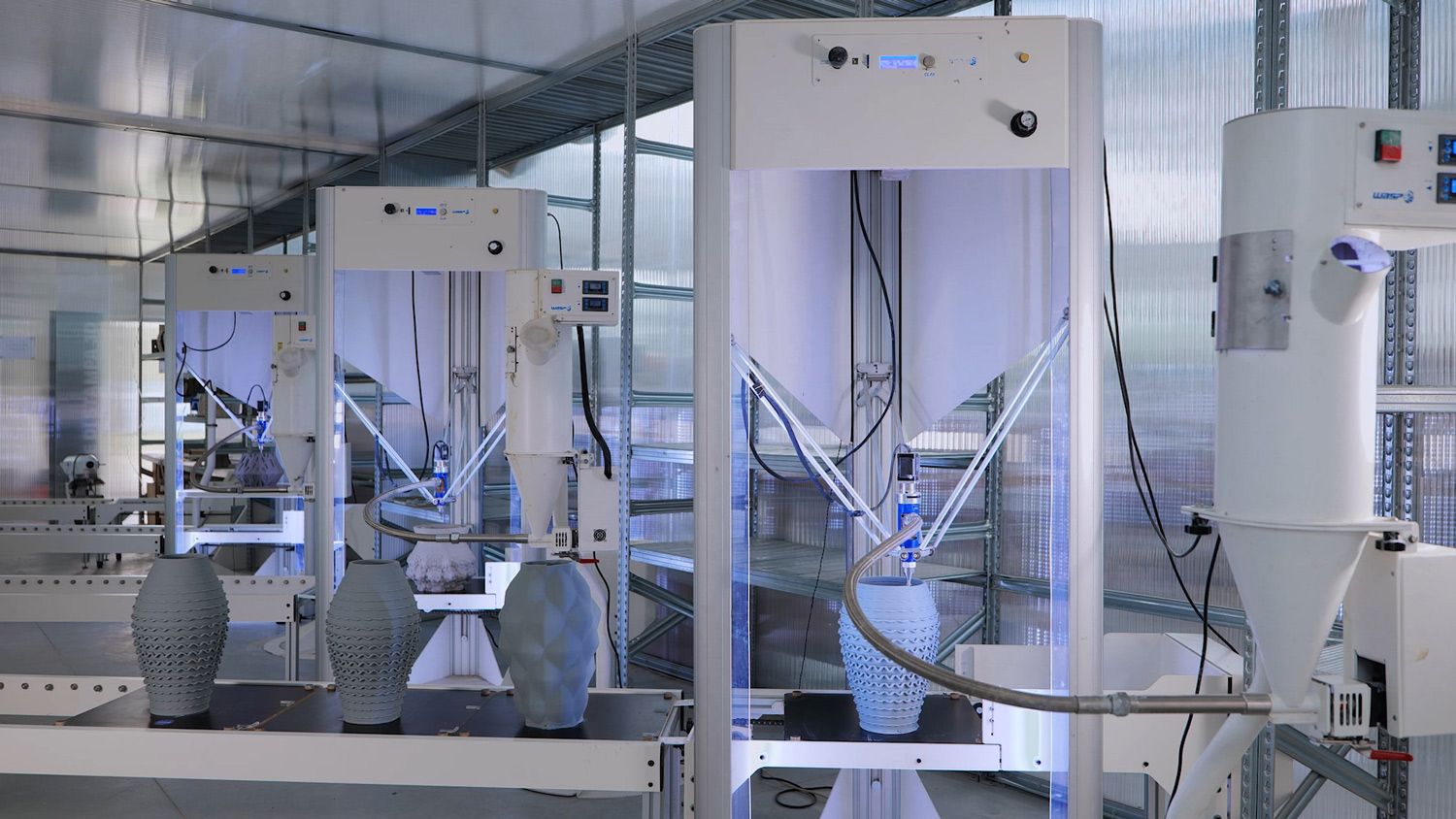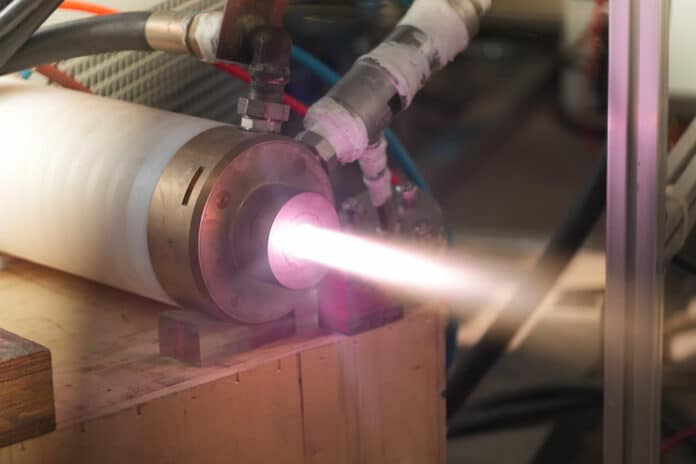Electronics in space can overheat quickly. There is no air to conduct heat away from electronic devices in the vacuum of space. This means that the only way to cool them is by radiation, which is a very slow process.
As spacecraft and satellites become increasingly sophisticated and powerful, there is a need for more efficient cooling alternatives. Traditional space cooling methods like fans and heat sinks struggle in the harsh space environment.
The ‘Freeze Ray’ has the potential to revolutionize space-cooling technology.
The U.S. Air Force is working with researchers at the University of Virginia to develop a “freeze ray” that uses the secret properties of plasma to cool electronics in space.
While most are familiar with the three common states of matter – liquid, solid, and gas – there exists a lesser-known fourth state called plasma. Interestingly, plasma is the predominant substance in the observable universe, constituting the material of stars. This matter can reach temperatures similar to the sun’s surface when heated to a very high temperature.
Plasma can also be used to induce cooling when harnessed appropriately.
Surprisingly, even though plasma is extremely hot, it exhibits a little-known behavior: when it strikes a surface, it initially cools down the surface before subsequently heating it up.
When plasma is exposed to a magnetic field, it can be manipulated to create a cold beam of light. This beam of light can then be used to cool down electronic devices.







